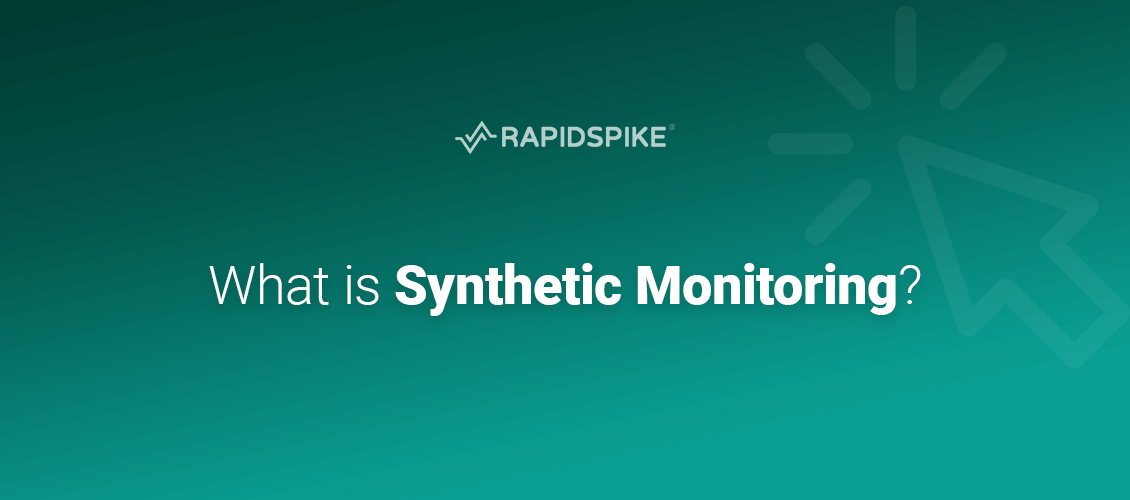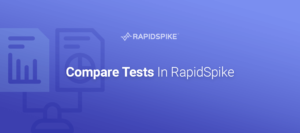Synthetic monitoring is automated testing of critical business transactions and user experiences. Synthetic monitoring helps businesses find, fix and prevent availability issues, performance issues and 3rd party vendors from giving you an insight into performance improvements that you can make to your website and supply chain to improve conversions and user happiness.
Synthetic monitoring is also sometimes called user journey monitoring. The website monitoring platform uses your website or application just as a user navigating through your system would, taking a ‘journey’.
They run multiple times per hour, and from all over the world, testing your processes and alerting you if any issues come up.
Synthetic Monitoring vs Real User Monitoring
Real User Monitoring is a very valuable form of monitoring for your website and its real user traffic. It shows what your actual users are doing on your website, what geographical locations they are coming from, what real browsers they use, and other beneficial key performance metrics. Real User Monitoring is called passive monitoring and cannot give you insight into the technical complexity of a problem. You would not know about an issue until it was affecting your customers directly and they were complaining.
Synthetic monitoring is known as active monitoring; it creates synthetic tests and runs synthetic testing of your end-user experiences. This testing helps to ensure that if it breaks, you have enough information to allow your development teams to find and fix the issue.
Synthetic monitoring also helps you understand load times, intermittent errors and 3rd party vendors so you can deal with poor performance and gain a detailed insight into your most critical business transactions. Active monitoring is an excellent solution because you can often find and fix problems before your customers find them.
Synthetic Monitoring vs Transaction Monitoring
Synthetic transaction monitoring is a lower level synthetic test. It helps you understand that you have a problem when you have a problem but do not provide any of the performance monitoring or end-user experience monitoring of your business processes.
Imagine you had a problem with checkout: Transaction monitoring would show that you have a problem with little or no detail about what the problem is.
Synthetic monitoring would give you insight into response time, map trends, break down individual tests and show you thousands of data points to improve and debug your website and keep your 3rd party vendors accountable.
Website monitoring has five levels ranging from uptime at the most basic level to synthetic monitoring, with more advanced capabilities:
- Level 1 Uptime Monitoring – Availability of a Critical Page
- Level 2 Transaction Monitoring – Availability of a Critical Process
- Level 3 Performance Monitoring – Detailed Breakdown of a Critical Page
- Level 4 Synthetic Monitoring – Detailed Breakdown of a Critical Process
- Level 5 Customer Journey Optimization – Level 1 to 4 plus Critical Website Focused Insights
If you have a static, information-only website, then perhaps levels 1&2 are what you require; however, most organizations who sell online need a much more robust synthetic testing tool.
Why do we need Synthetic Monitoring?
Anyone who has key critical processes that are fundamental to the success of their business needs to have synthetic monitoring tools testing from all the geographic locations that are important to them.
Ecommerce – Anyone who sells anything online would benefit from deeper synthetic monitoring. Knowing how your page is loading, what the digital experiences look like using video and tracking the performance of the user’s journey during peak time is essential to improve conversions (slowdown of just 1 second per page can impact conversion by 7%).
Ecommerce is mainly the retail sector. Travel, rental, gaming, and even sports clubs are e-commerce businesses that complete transactions online, so they need optimized user journeys and synthetic monitoring.
Insurance/legal – Insurers have complex and highly sensitive user journeys that businesses must monitor for performance and potential magecart attacks and hackers stealing data.
Healthcare – There is never a more critical user journey than that of a potential or current patient. A failing user journey could be a matter of life or death, so it is essential to optimize, improve and, most importantly, work!
Local councils – Frustration is high with users is when journeys fail or important council pages, for instance, ‘when is my bin going to be collected’ failures. Issues cause the users to take to social media and call the council, which can take up a lot of resources and damage reputations and on limited budgets; councils need to ensure critical customer-facing processes are working.
What are the most critical features?
Transaction monitoring navigates through your website and alerts you to issues, but what does RapidSpikes synthetic monitoring give you that transaction monitoring and other synthetic solutions can’t:
- Website Navigation – The ability to quickly and robustly navigate the website, click a button and more. All platforms need to accomplish the entire user journey to replicate your actual users correctly.
- Video – Watching videos back of your user journeys can not only help you identify significant errors but also identify intermittent problems that are difficult to spot just by looking through data.
- HTTP Archive Files – Capturing and collecting HAR files (waterfall chart) on each page transition is key to building up a library of data so understand your user journey over time
- Alerting – Getting alert fatigue is a real problem. The alerting engine not only needs to be highly configurable but also needs 3rd party integrations so you can receive alerts into your operational support teams.
- Security – Our synthetic testing can detect payment theft as part of your monitoring; no other solution has security products in their website monitoring.
- Page Performance – To get a deeper understanding of individual pages, you can add deep analysis of core web vitals, google lighthouse and webpage tests that give you the ability to address performance issues that can increase conversions.
- Step by Step Breakdowns – You can understand individual step breakdowns and see exactly which 3rd party components are working, including the exact messages sent.
- Self Service Scripting – If you have in-house scripting capabilities, you can reduce the cost of your current managed solution by writing the scripts yourself using either our scripting wizards or even our API.
- Support – You can take away the pain of managing your monitoring by having RapidSpike create the scripts for you, help you debug issues and understand a magecart attack if you detect one.
- Special Features – Custom HTTP Headers, Cookie Manipulation, TV Wallboards and more
Conclusion
Businesses that rely on their website as their primary or significant source of revenue need a comprehensive synthetic monitoring solution to not only to stay up and stay fast but take the information provided to improve proactively.






